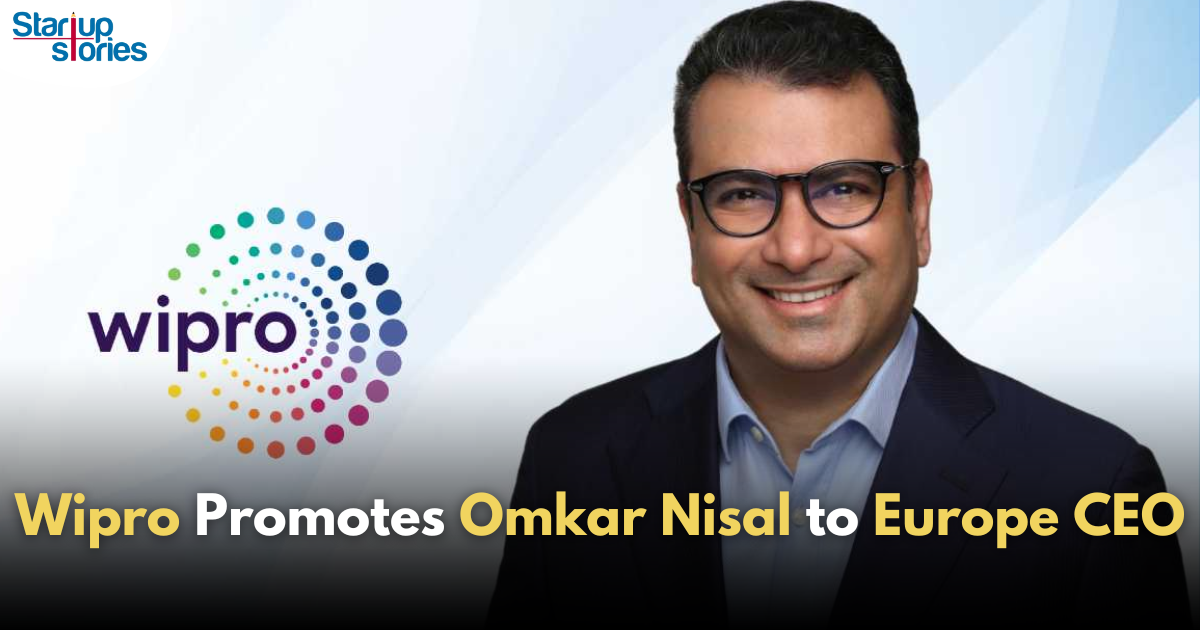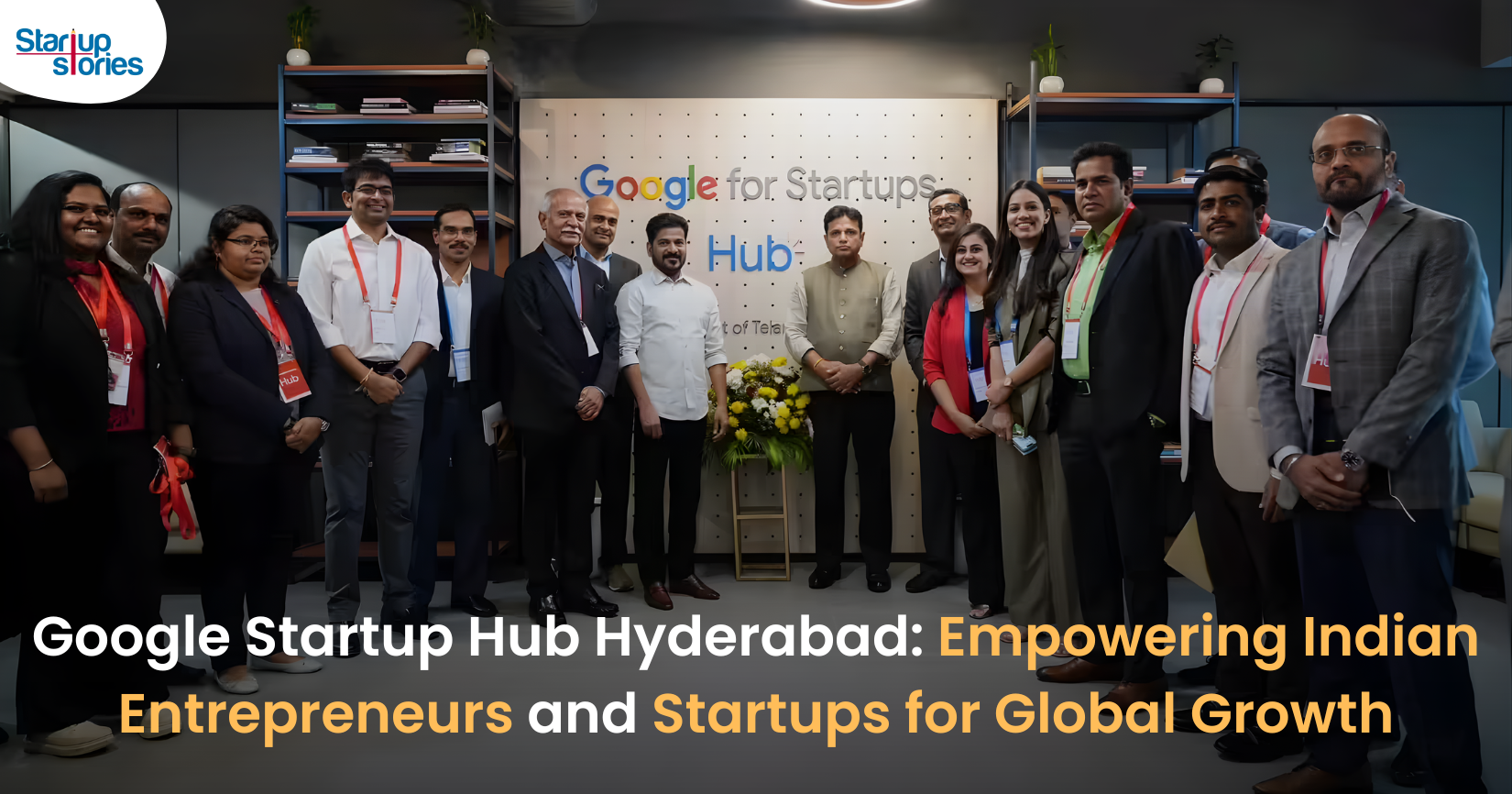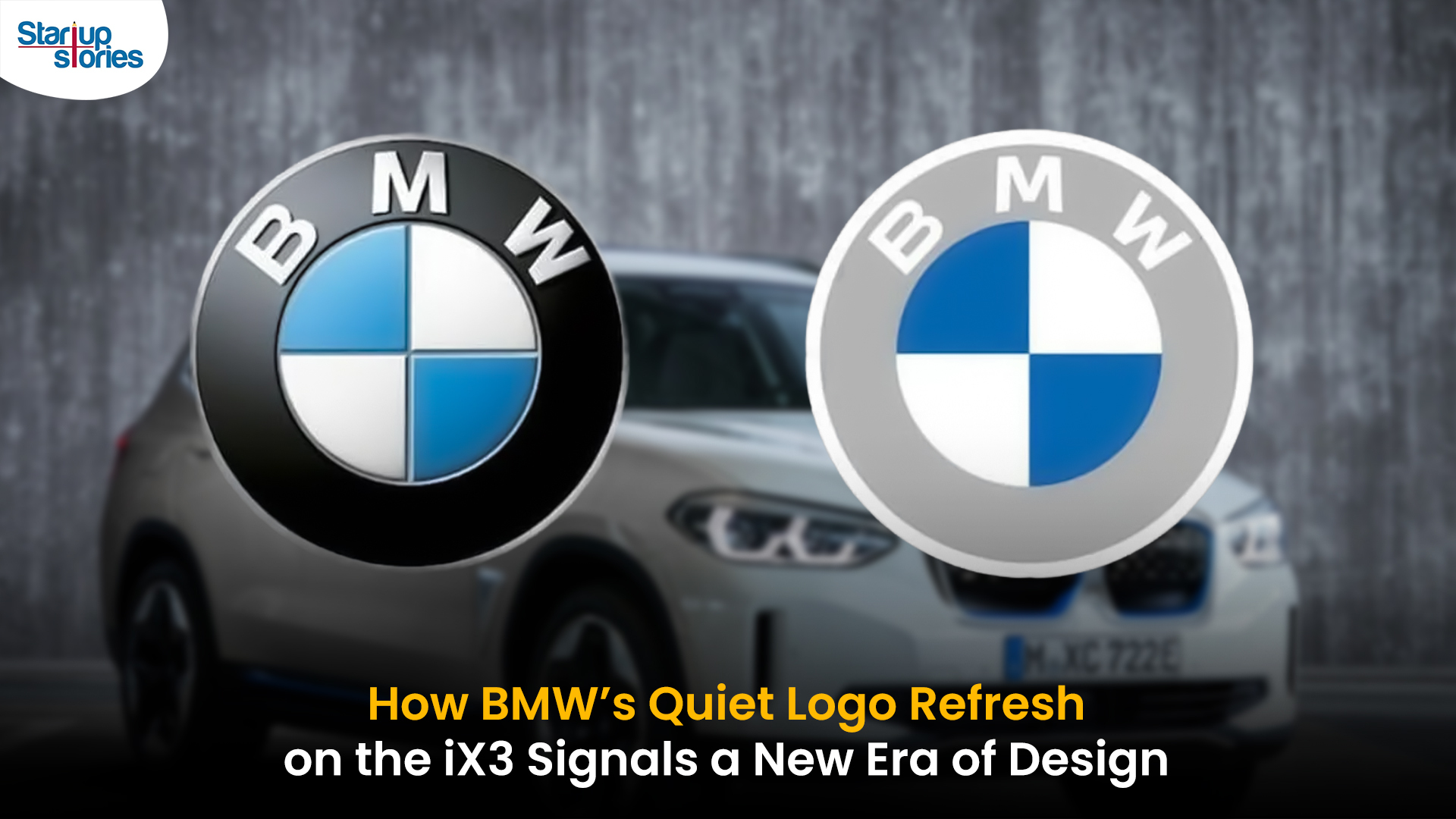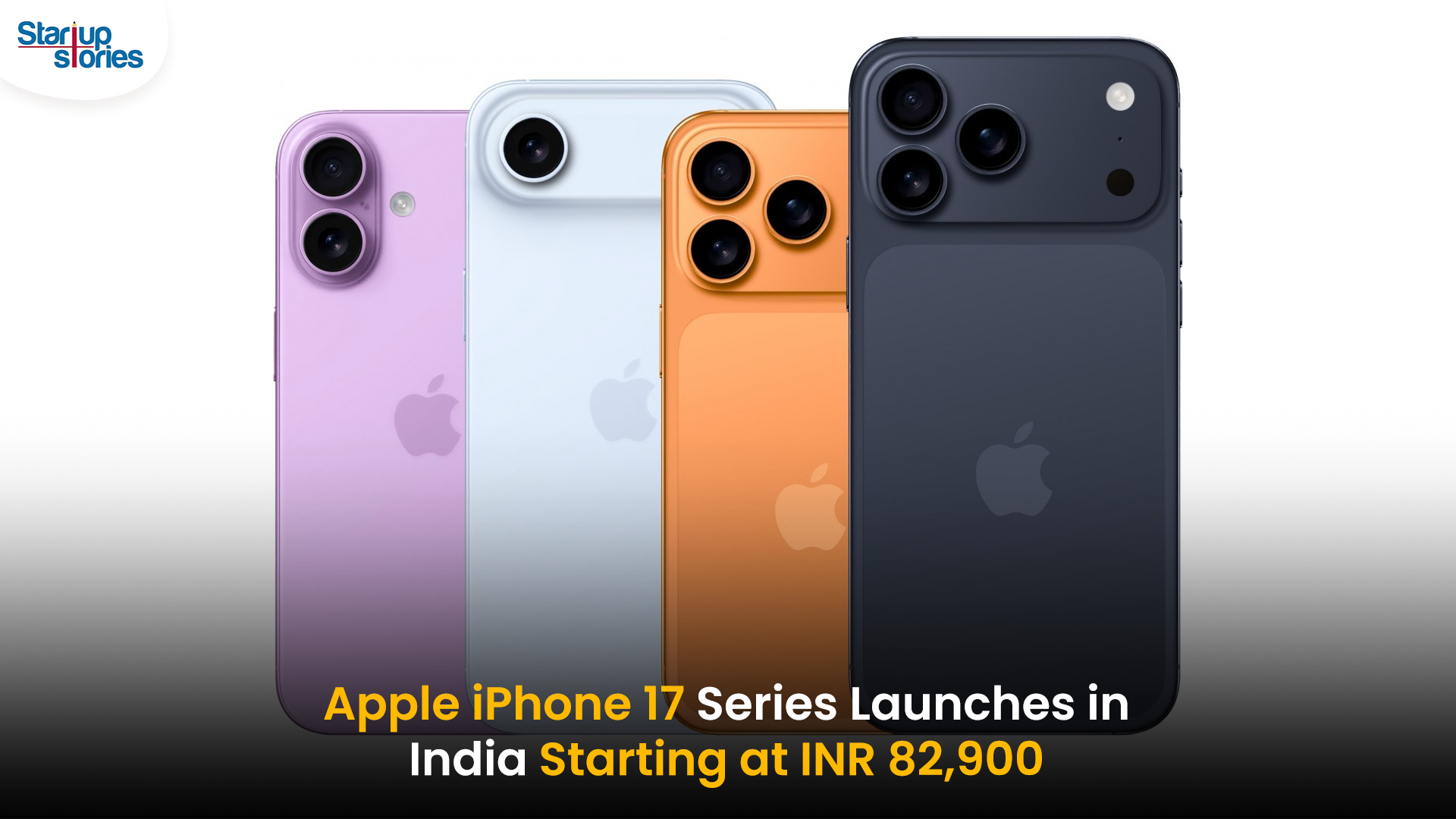News
Wipro Appoints Insider Omkar Nisal as Europe CEO!

Wipro has announced the appointment of Omkar Nisal as the Chief Executive Officer for its Europe Strategic Market Unit (SMU), effective immediately. Nisal, who has been with Wipro since 2012, will be based in London and will report directly to CEO and Managing Director Srini Pallia. He will also join Wipro’s executive board.
Nisal succeeds Pierre Bruno, who is stepping down after a four-year tenure leading Wipro’s European operations. Bruno will continue to work with Nisal during the transition period to ensure a smooth handover of responsibilities.
Omkar Nisal’s Role
In his new role, Nisal will be responsible for leading Wipro’s growth and expansion in Europe. He brings a wealth of experience and a deep understanding of the European market. Prior to this appointment, he served as Senior Vice President and Managing Director for the UK and Ireland, overseeing a significant portion of Wipro’s European business with a regional profit and loss (P&L) exceeding $1 billion.
Nisal has established himself as a trusted advisor to clients, particularly in the banking and finance sectors. He has played a key role in enabling digital transformation for numerous financial institutions across the UK, Europe, the Middle East, and Africa, focusing on customer journey redesign, enterprise engineering, and AI-led automation.
A Focus on Digital Transformation
Nisal is recognized for his expertise in digital transformation and his ability to build strong client relationships. Under his leadership, Wipro aims to strengthen its position in the European market by leveraging innovative technologies and enhancing service delivery. His strategic vision is expected to play a pivotal role in driving future growth and improving operational efficiency within the region.
Context of the Appointment
Nisal’s promotion reflects Wipro’s ongoing strategy to promote internal talent to key leadership positions amidst significant changes within the company. In recent months, Wipro has experienced several high-profile departures, including former CEO Thierry Delaporte and other senior executives. This shift in leadership is part of a broader effort by Srini Pallia to revitalize Wipro’s operations and improve performance in key markets.
Wipro views Europe as a crucial growth market and is prioritizing strategic investments to solidify its foothold. The company has faced challenges in this region, with reports indicating that its European operations accounted for 27.9% ($742 million) of its total revenue for the quarter ending September 2024, down from previous periods. This underperformance highlights the importance of effective leadership in revitalizing growth.
Conclusion
The appointment of Omkar Nisal as CEO of Wipro’s Europe SMU marks a strategic move aimed at enhancing the company’s competitive edge in a rapidly evolving technological landscape. With his extensive experience and proven track record in digital transformation, Nisal is well-positioned to lead Wipro’s efforts in expanding its presence and delivering exceptional results for clients across Europe.
As Wipro navigates these changes, stakeholders will be closely watching how Nisal’s leadership influences the company’s trajectory in one of its key markets. His focus on innovation and customer-centric strategies is expected to play a vital role in shaping Wipro’s future success in Europe.
News
Google Launches Startup Hub in Hyderabad to Boost India’s Innovation Ecosystem

Google has launched the Google Startup Hub Hyderabad, a major step in strengthening India’s dynamic startup ecosystem. This new initiative aims to empower entrepreneurs, innovators, and developers by giving them access to Google’s global expertise, mentoring programs, and advanced cloud technology. The hub reflects Google’s mission to fuel India’s digital transformation and promote innovation through the Google for Startups program.
Located in the heart of one of India’s top tech cities, the Google Startup Hub in Hyderabad will host mentorship sessions, training workshops, and networking events designed for early-stage startups. Founders will receive Google Cloud credits, expert guidance in AI, product development, and business scaling, and opportunities to collaborate with Google’s global mentors and investors. This ecosystem aims to help Indian startups grow faster and compete globally.
With Hyderabad already home to tech giants like Google, Microsoft, and Amazon, the launch of the Google Startup Hub Hyderabad further cements the city’s position as a leading innovation and technology hub in India. Backed by a strong talent pool and robust infrastructure, this hub is set to become a growth engine for next-generation startups, driving innovation from India to global markets.
News
BMW’s New Logo Debuts Subtly on the All-Electric iX3: A Modern Evolution

BMW quietly debuted its new logo on the all-electric iX3, marking a significant yet understated shift in the brand’s design direction for 2025. The updated emblem retains the classic roundel and Bavarian blue-and-white colors, but sharp-eyed enthusiasts noticed subtle refinements: the inner chrome ring has been removed, dividing lines between blue and white are gone, and the logo now features a contemporary satin matte black background with slimmer “BMW” lettering. These enhancements showcase BMW’s embrace of modern minimalism while reinforcing their commitment to premium aesthetics and the innovative Neue Klasse philosophy for future electric vehicles.
Unlike rival automakers that reveal dramatic logo changes, BMW’s refresh is evolutionary and respectful of tradition. The new badge ditches decorative chrome and blue borders associated with earlier electric models, resulting in a flatter, more digital-friendly design that mirrors recent branding seen in BMW’s digital communications. Appearing first on the iX3’s nose, steering wheel, and hub caps, this updated identity will gradually be adopted across all BMW models—both electric and combustion—signaling a unified brand language for years to come.
BMW’s strategic logo update represents more than just aesthetic reinvention—it underscores the brand’s dedication to future-ready mobility, design continuity, and a premium EV experience. As the new roundel begins rolling out on upcoming BMW vehicles, it stands as a testament to the automaker’s depth of detail and thoughtful evolution, offering subtle distinction for keen observers and affirming BMW’s iconic status in the ever-changing automotive landscape.
News
iPhone 17 India Price, Features & Availability: All You Need to Know

Apple has officially launched the highly anticipated iPhone 17 series in India, with prices starting at INR 82,900 for the base 256GB model. The new lineup includes the iPhone 17, iPhone 17 Pro, iPhone 17 Pro Max, and the newly introduced ultra-slim iPhone Air. Apple has removed the 128GB storage variant, making 256GB the minimum for all models. The standard iPhone 17 features a vibrant 6.3-inch ProMotion OLED display with a 120Hz refresh rate and an upgraded Ceramic Shield 2 for improved durability. It comes in fresh color options like lavender, mist blue, sage, white, and black.
The iPhone 17 Pro and Pro Max models are powered by Apple’s latest A19 Pro chip and start at INR 1,34,900 and INR 1,49,900, respectively. These Pro models feature sleek titanium frames, significant camera upgrades including 8K video recording, and up to 6x optical zoom in the Pro Max. Meanwhile, the iPhone Air, priced from INR 1,19,900, is the slimmest and lightest iPhone ever, boasting a 6.7-inch Super Retina XDR display with ProMotion technology and a triple-camera setup, positioning itself between the standard and Pro models.
Pre-orders for the iPhone 17 series commence on September 12, with sales beginning on September 19, 2025. Alongside the launch, Apple has reduced prices for the previous iPhone 16 models while discontinuing the iPhone 16 Pro and Pro Max variants. The iPhone 17 series exemplifies Apple’s ongoing commitment to enhancing display technology, camera capabilities, and overall performance, setting a new benchmark for premium smartphones in the Indian market.












Sign up to get 100 USDT
February 24, 2025 at 10:41 am
I don’t think the title of your article matches the content lol. Just kidding, mainly because I had some doubts after reading the article.
binance
March 5, 2025 at 1:45 am
Your article helped me a lot, is there any more related content? Thanks! https://accounts.binance.info/en-IN/register?ref=UM6SMJM3
binance
March 13, 2025 at 10:57 am
Thanks for sharing. I read many of your blog posts, cool, your blog is very good.
drover sointeru
April 8, 2025 at 1:43 pm
Some genuinely nice and utilitarian info on this website, besides I conceive the pattern has got good features.
binance signup bonus
August 9, 2025 at 4:26 pm
Can you be more specific about the content of your article? After reading it, I still have some doubts. Hope you can help me.
Kod polecajacy Binance
August 19, 2025 at 9:30 pm
I don’t think the title of your article matches the content lol. Just kidding, mainly because I had some doubts after reading the article. https://www.binance.info/id/register-person?ref=GJY4VW8W
Registrera
August 24, 2025 at 12:56 am
Thank you for your sharing. I am worried that I lack creative ideas. It is your article that makes me full of hope. Thank you. But, I have a question, can you help me? https://www.binance.info/sl/register?ref=OMM3XK51
J88
November 7, 2025 at 8:17 am
Đến với J88, bạn sẽ được trải nghiệm dịch vụ cá cược chuyên nghiệp cùng hàng ngàn sự kiện khuyến mãi độc quyền.
站群程序
November 10, 2025 at 12:35 pm
搭载智能站群程序,自动化搭建与管理,为SEO项目提供核心驱动力。站群程序
MM88
November 10, 2025 at 7:36 pm
Khám phá thế giới giải trí trực tuyến đỉnh cao tại MM88, nơi mang đến những trải nghiệm cá cược thể thao và casino sống động.
ios超级签
November 14, 2025 at 1:29 am
苹果签名,苹果超级签平台,ios超级签平台ios超级签苹果企业签,苹果超级签,稳定超级签名
iwin
November 17, 2025 at 10:39 pm
iwin – nền tảng game bài đổi thưởng uy tín, nơi bạn có thể thử vận may và tận hưởng nhiều tựa game hấp
Kuwin
November 19, 2025 at 2:02 am
kuwin sở hữu kho game đa dạng từ slot đến trò chơi bài đổi thưởng, mang đến cho bạn những giây phút giải trí tuyệt vời.
binance prijava
November 21, 2025 at 3:31 am
Your point of view caught my eye and was very interesting. Thanks. I have a question for you. https://www.binance.info/en/register?ref=JHQQKNKN
online Gambling
December 18, 2025 at 11:57 pm
online Gambling online Gambling